UX Roundup: Users Not at Table | Usability Taglines | Creating > Consuming | 100% AI-Created Video
Summary: Only stakeholders not at the meeting table? Users | Criteria for good taglines | Creating with AI is more rewarding than passive content consumption | AI creates and edits a complete video on its own
UX Roundup for May 26, 2025. (ChatGPT)
Only Stakeholder Not at the Table? Users
Here’s a scene you don’t see in most companies:
(ChatGPT)
In project meetings, you might have every internal stakeholder group represented, from design over engineering and marketing to legal. But the customers? Not there.
That’s why we need explicit usability methodologies to study users and why the UX staff should take their responsibility seriously to represent the users in internal meetings.
Writing Good Taglines: Fearless Usability
As you know, I like to experiment with new uses of AI. The latest in the series is a prompt posted by AZIZ: “A 3D ultra-realistic advertisement for [YOUR BRAND] — the attached logo dynamically forming from its own product elements in mid-air. Explosive motion effects, glowing neon colors inspired by the brand identity, and surreal energy trails surrounding the logo. Dark background with cinematic smoke, floating particles, and bold slogan in large glowing text at the bottom. Subtle double exposure of the brand name layered in the background. Hyper-detailed lighting, HDR textures, world-class campaign style — powerful, eye-catching, and artistic.”
I gave ChatGPT this prompt plus the UX Tigers logo, and it produced these designs:
You’ll note that I didn’t provide the taglines in my prompt, nor do I use either tagline on my website. “Unleash the Power” and “Fearless Usability” are both ChatGPT’s interpretations of my brand.
While I like the visual design of the “Unleash the Power” poster, I would never use this tagline, because it has no specificity to what I do. It could be the tagline for more or less any company in the world. Sure, if used for an electricity company, it would not be totally lame, but in general, I have always advised against taglines that are so broad as to be meaningless. If any organization can adopt a tagline or slogan without modification, the copy offers no signal about who you are or why you’re different. It is empty calories for your brand.
My second rule of thumb to evaluate taglines is to imagine the reverse tagline. In this case, maybe “Lock Away the Power.” Would any company proudly state that it kept its power locked away? Probably not. You are not making much of a statement by proclaiming something that nobody would refuse or reverse.
Let’s evaluate the second tagline, “Fearless Usability,” according to these two criteria:
Specificity: Yes, I specifically fight to make technology easy for normal people and have been known as the world’s leading usability advocate for decades. Even better, I am often fearless, in making unpopular statements or going against major companies or interest groups.
Non-Reversible: While no company would probably place the words “Timid Complexity” on its homepage, that’s in fact how most design projects proceed. It’s rare to pursue ultimate usability with extreme polish, whereas it’s common to timidly tag along with the latest fad, even when it hurts usability.
“Fearless Usability” passes, and I have updated my website to use it as my new tagline.
Good taglines have two qualities: They are specific instead of generic, and they take a strong position that not everybody would use. (ChatGPT)
Bottom line: A tagline is your brand’s elevator pitch, usually in five words or fewer. Because it is so short, every word must pull its weight. If the line is generic, it dissolves into background noise. If the line is reversible, it fails to communicate a meaningful stance. A short checklist for better taglines:
Specificity Check:
What unique capability, audience, or philosophy does the line reference?
Could a random company in a different industry use the same words without raising eyebrows?
Would a journalist immediately understand what domain you operate in?
Reverse‑It Test:
State the exact opposite.
Ask: Could a sane organization adopt that opposite as its slogan?
If the answer is “yes,” your original line is likely bland.
Useless-Words Check:
Meaningless power verbs, such as “empower,” “innovate,” or “unlock.” Replace with a specific benefit or unique mechanism.
Copycat values, such as “integrity matters.” Instead, surface a contrarian or counter‑cultural stance.
Internal jargon, such as “scalable synergy.” Translate to a customer‑visible outcome.
Passing these three tests does not guarantee a perfect tagline, but failing even one test guarantees mediocrity.
Active Creation Overwhelms Passive Consumption
User experience has long distinguished between the value of active engagement and the pitfalls of passive observation. When users do something — when they create, interact, and make choices — their engagement, learning, and satisfaction increase substantially. This isn’t new. What is new is how AI has radically altered the economics of creation.
Historically, producing high-quality content was a high-effort endeavor, demanding specialized tools, significant skill, or substantial budgets. Generative AI, whether it creates test, images, video, or music, has demolished these barriers. A simple textual prompt now empowers any user to become a “micro-studio,” capable of producing tailored content. A birthday card? Don’t buy it at the store; make it with the ChatGPT native image model so that it can speak directly to the recipient’s personality. The cost of interaction for creation has plummeted. Crucially, our research indicates the profound psychological rewards of this creation remain exceptionally high.
Contrast this with the well-worn path of passive content consumption: the endless scroll, the auto-playing feed. Here, interfaces are designed to fade into the background, often taking conscious thought with them. Users descend into a state of low-engagement, high-duration interaction: the infamous “doom-scroll.” (The term was invented for a reason.) From a usability standpoint, these passive feeds are optimized for near-frictionless repetition, not for memorable or meaningful user outcomes. Little is retained; less is valued.
Doomscrolling vs. active creation. (ChatGPT)
Maslow Revisited: AI Creation and Higher-Order Needs
Maslow's hierarchy of needs, while a broad model, offers a useful lens here. Passive consumption predominantly serves the lower levels:
Physiological/Safety: Entertainment as a predictable, low-risk distraction.
Belonging (loosely): Consumption of shared media (memes, viral videos) may facilitate superficial social connection.
AI-driven creation, however, allows users to engage with much higher-order needs, and with unprecedented ease:
Esteem/Competence: The simple act of “I made this” delivers powerful validation. Iterating on an AI prompt until the output aligns with one's vision reinforces a sense of control and skill.
Self-Actualization: Every choice in crafting a prompt or curating an AI-generated media object expresses personal taste, identity, and creativity. Even a modest AI-generated artifact can be a form of personal expression, shared and built upon.
When an activity simultaneously addresses these higher needs and dramatically reduces the effort required to do so, its fundamental utility for the user increases exponentially. This is a core principle of usability economics: high reward for low user effort.
In Maslow’s pyramid of needs, the caveman may be satisfied at the lowest level, because even safety was unreachable at a time with a sabertoothed tiger around every corner. But modern humans crave the higher levels, and AI can deliver. (ChatGPT)
The Hollywood Fallacy: Perceived Quality vs. Personal Agency
A common objection is that AI-generated content cannot (yet) match the polished output of large, professional studios. This argument, however, misses the mark regarding user value:
Personal Relevance Over Polish: A multi-million dollar blockbuster, however visually stunning, will rarely align with the specific, perhaps eccentric, vision of an individual user. Users consistently value content that is personally relevant, even if less polished, over generic, high-production alternatives. YouTube viewing statistics have proven this point many times over.
The Agency Shift: Moving from a passive spectator to an active director — by typing a prompt and hitting “generate” — is a fundamental shift in user agency. This is not a mere incremental improvement in visual fidelity; it is a qualitative leap in the user’s role. The locus of control shifts to the user.
Rapid Iteration & Ownership: AI tools offer near-instantaneous feedback loops. Users can refine, tweak, and regenerate, iterating their way to an output that feels uniquely theirs. No traditional media consumption offers this level of iterative control and, consequently, this depth of ownership.
Research into intrinsic motivation has consistently shown that users derive greater satisfaction from artifacts they had a hand in creating, even imperfect ones, compared to passively receiving flawless, externally-produced items. AI tools amplify this “IKEA effect” by drastically shortening the path from idea to tangible (digital) output.
Rethinking Metrics: Beyond “Time on Site” to “Time to Fulfillment”
Traditional engagement metrics, such as “time on site” or “pages per visit,” were born from a consumption-centric web. These metrics inherently favor interfaces that encourage prolonged, often mindless, interaction like the infinite scroll.
In the domain of AI-driven creation, the critical metric must evolve. A better metric is “Time to Fulfillment”: the duration between a user forming an intent to create and their achievement of a satisfying output. Current AI tools often score poorly on this metric, either due to long response time delays (Kling often takes 10 minutes to render a 10-second video clip) or because too many iterations are needed to match the user’s intent.
Product teams developing AI tools should therefore de-prioritize metrics that simply measure duration and instead optimize for:
Speed to First Decent Output: How quickly can a novice user get a reasonable first result?
Efficiency of Iteration: How easy is it to refine, undo, and explore variations?
Perceived Ownership & Pride: Do users feel the output is genuinely theirs?
Design Imperatives for a Creation-First AI Era
To capitalize on the superior UX of active creation, design teams must shift their focus:
Prioritize Creation Interfaces: Prominently feature “Generate,” “Create,” “Compose,” or “Build” calls-to-action. These should occupy the prime real estate in the interface, with passive consumption feeds secondary or placed below the fold.
Scaffold the Blank Canvas: While creation is powerful, the blank page can be intimidating. Provide meaningful, context-aware, and perhaps personalized default prompts or templates. Show, don’t just tell, what’s possible. For instance, if a user previously generated images of “futuristic cities,” a new session might subtly suggest prompts related to “sci-fi vehicles” or “alien landscapes.” Prompt augmentation is a powerful tool to get users stunning results faster.
Reinforce Mastery Through Visible Progress: After a creation session, offer a “creation timeline” or a summary of drafts and iterations. This visually reinforces the user’s journey and his or her developing mastery of the tool, aligning with the usability heuristic of providing clear system feedback.
Showcase User Creations, Not Just Professional Examples: While professional examples can inspire, galleries and showcases should heavily feature (with permission) work generated by actual users. This fosters a sense of community and achievable aspiration, leveraging the powerful motivator of seeing what peers can accomplish. Ego investment in one’s own or a peer’s creation is a stronger driver than abstract admiration for professional work.
Don’t keep users trapped on an endless passive consumption treadmill. Encourage active creation. This is a design choice. (ChatGPT)
Design for Doing, Not Just Viewing
The advent of powerful, accessible AI has decisively tipped the scales in the cost-benefit analysis of content creation versus consumption. Designing for active, AI-assisted making taps directly into fundamental human needs for agency, competence, and self-expression. This approach delivers demonstrably superior and more memorable user experiences.
Teams that cling to outdated models of chasing passive “eyeball time” through endless feeds will find their users still scrolling, yes. But also quietly, and then decisively, migrating to platforms that empower them to become active participants in the new creative landscape. The future of user engagement is not in what users see, but in what they do: active, not passive.
AI Creates and Edits a Complete Video On Its Own
New AI service Medeo does 100% of the work of making a video:
Write the script
Generate a voiceover from the AI script
Come up with the concepts for B-roll video to illustrate the script
Animating these concepts
Editing everything together to produce a video
Medeo handles all the steps in making a video with AI, as long as the user specifies the topic. (ChatGPT)
The only thing a human needs to do is to have the agency to request the video: you need to tell Medeo what the video should be about. You can also specify an animation style, such as 3D character animation or Claymation, but this is optional.
Here are two short clips I made with Medeo about two of my usability heuristics (YouTube, 2 minutes).
Unfortunately, Medeo currently insists on producing videos in the TikTok aspect ratio, so the videos aren’t optimized for YouTube viewing. I guess this indicates their initial market segment.
Are the videos good? Not really, but they are much better than the video I made only 4 months ago with Invideo AI (YouTube, 1 min.). In fairness to Invideo, the quality of their 100% AI-generated videos may have improved since I made that sample video. I haven’t been back because I was so disappointed with the video quality the one time I tried Invideo back in January 2025. (This is why launching a half-baked AI service is a bad idea. Wait a few months until the technology has improved enough to be useful.)
The rapid advancements in AI’s capability in only 4 months to independently generate videos based on a given topic are impressive. Even so, the next generation of AI-created video is unlikely to match the production values of human-directed content. But the utility might be there for highly specialized topics with a premium on auto-created, customized, or rapidly available information. Customized weather forecasts for an exact location are a prime illustration. Expanding on this, several other use cases demonstrate where AI-generated videos, even with somewhat lower production values, can offer significant value to viewers:
Hyper-Personalized Content & Summaries:
Individualized Financial or Performance Reports: Imagine receiving weekly video summaries of your investment portfolio, website analytics, or sales performance, with an AI voiceover explaining key trends, anomalies, and personalized insights based on your specific goals. The direct relevance and custom data would make minor visual imperfections secondary.
Personalized Health and Wellness Coaching: AI could generate daily videos with exercise routines tailored to your fitness level, recovery data from wearables, and specific health objectives. Similarly, patients could receive customized video guides for post-operative care or managing chronic conditions, where clarity and personalization are more critical than cinematic quality.
Customized Learning Paths and Summaries: Students or professionals could receive AI-generated video lessons or summaries of complex topics, tailored to their current understanding, learning pace, and specific questions. For instance, a video explaining a complex scientific concept using analogies relevant to the viewer's background.
Personalized Product Demonstrations: Based on a user’s expressed needs or past purchases, AI could generate a video showcasing how a specific product or feature would benefit them directly, or how a piece of configurable equipment would look with their chosen options.
Ultra-Niche Educational and How-To Content:
Specialized Software/App Task Guidance: Instead of generic tutorials, a user could describe a unique or obscure task they need to perform in complex software, and the AI could generate a video walkthrough showing the precise steps and settings for that specific scenario.
DIY Guides for Obscure Repairs or Niche Hobbies: AI could generate instructional videos for repairing an uncommon appliance or assembling a niche hobbyist kit, based on text descriptions, diagrams, or user-uploaded images, where official videos may not exist.
Hyper-Local or Community-Specific News and Updates: Automated video reports covering specific local government decisions, niche community group activities, or updates from a specialized club, where professional video coverage would be unfeasible.
Translation and Summarization of Niche Academic or Technical Content: AI could create video summaries of dense research papers or technical manuals in various languages, making specialized knowledge more accessible to a targeted but global audience.
Rapidly Generated Updates for Time-Sensitive Information:
Breaking News Explainers for Specific Industries: For professionals in highly specialized fields (e.g., specific areas of law, finance, or technology), AI could quickly generate video summaries and analyses of important news, regulatory changes, or market shifts, allowing for faster comprehension than reading lengthy texts.
Real-time Status Updates for Dynamic Situations: In logistics, event management, or emergency response, AI could generate video alerts showing the status of critical assets, potential disruptions with visual representations, or briefing materials based on the latest data.
Internal Corporate, Organizational, and Procedural Communications:
Highly Specific Onboarding and Training Modules: AI could create training videos tailored to an individual employee’s role, department, specific software access, or even knowledge gaps identified through assessments. This is particularly useful for complex internal processes or compliance training.
Automated Project Status Updates or Data Summaries: Internal teams could receive regular AI-generated video summaries of project progress, key performance indicators, or data trends, compiled from various internal systems, presented by a consistent AI avatar.
Video FAQs for Internal Systems or HR Policies: Companies could automatically generate video answers to frequently asked employee questions about internal software, benefits, or procedures, drawn from existing knowledge bases.
Automated Content Repurposing for Niche Audiences:
Converting Niche Blog Posts, Articles, or Documentation into Video: Authors, researchers, or businesses in specialized fields can use AI to quickly transform their written content into accessible video summaries, expanding their reach within their target audience.
Creating Video Walkthroughs from Product Documentation: For complex products, AI could generate video guides from existing manuals, perhaps even allowing users to request a video for a specific section or function.
In these scenarios, the value proposition of AI-generated video lies in its ability to deliver highly relevant, customized, timely, or cost-effective information where the alternative might be no video content at all, or information that is less accessible or slower to obtain. As the technology continues to mature, the “somewhat lower production values” will inevitably improve, further broadening the scope of valuable applications. By 2027, fully AI-generated video may be indistinguishable from (or better than) videos made with substantial human involvement.
Even though fully AI-generated video currently has lower production values than videos that retain some degree of human involvement in the creation process, the very fact that the videos are 100% automatically made means that they are superior for several use cases, especially when the quality improves by another notch by late 2025. (ChatGPT)
About the Author
Jakob Nielsen, Ph.D., is a usability pioneer with 42 years experience in UX and the Founder of UX Tigers. He founded the discount usability movement for fast and cheap iterative design, including heuristic evaluation and the 10 usability heuristics. He formulated the eponymous Jakob’s Law of the Internet User Experience. Named “the king of usability” by Internet Magazine, “the guru of Web page usability” by The New York Times, and “the next best thing to a true time machine” by USA Today.
Previously, Dr. Nielsen was a Sun Microsystems Distinguished Engineer and a Member of Research Staff at Bell Communications Research, the branch of Bell Labs owned by the Regional Bell Operating Companies. He is the author of 8 books, including the best-selling Designing Web Usability: The Practice of Simplicity (published in 22 languages), the foundational Usability Engineering (28,454 citations in Google Scholar), and the pioneering Hypertext and Hypermedia (published two years before the Web launched).
Dr. Nielsen holds 79 United States patents, mainly on making the Internet easier to use. He received the Lifetime Achievement Award for Human–Computer Interaction Practice from ACM SIGCHI and was named a “Titan of Human Factors” by the Human Factors and Ergonomics Society.
· Subscribe to Jakob’s newsletter to get the full text of new articles emailed to you as soon as they are published.
· Read: article about Jakob Nielsen’s career in UX
· Watch: Jakob Nielsen’s first 41 years in UX (8 min. video)




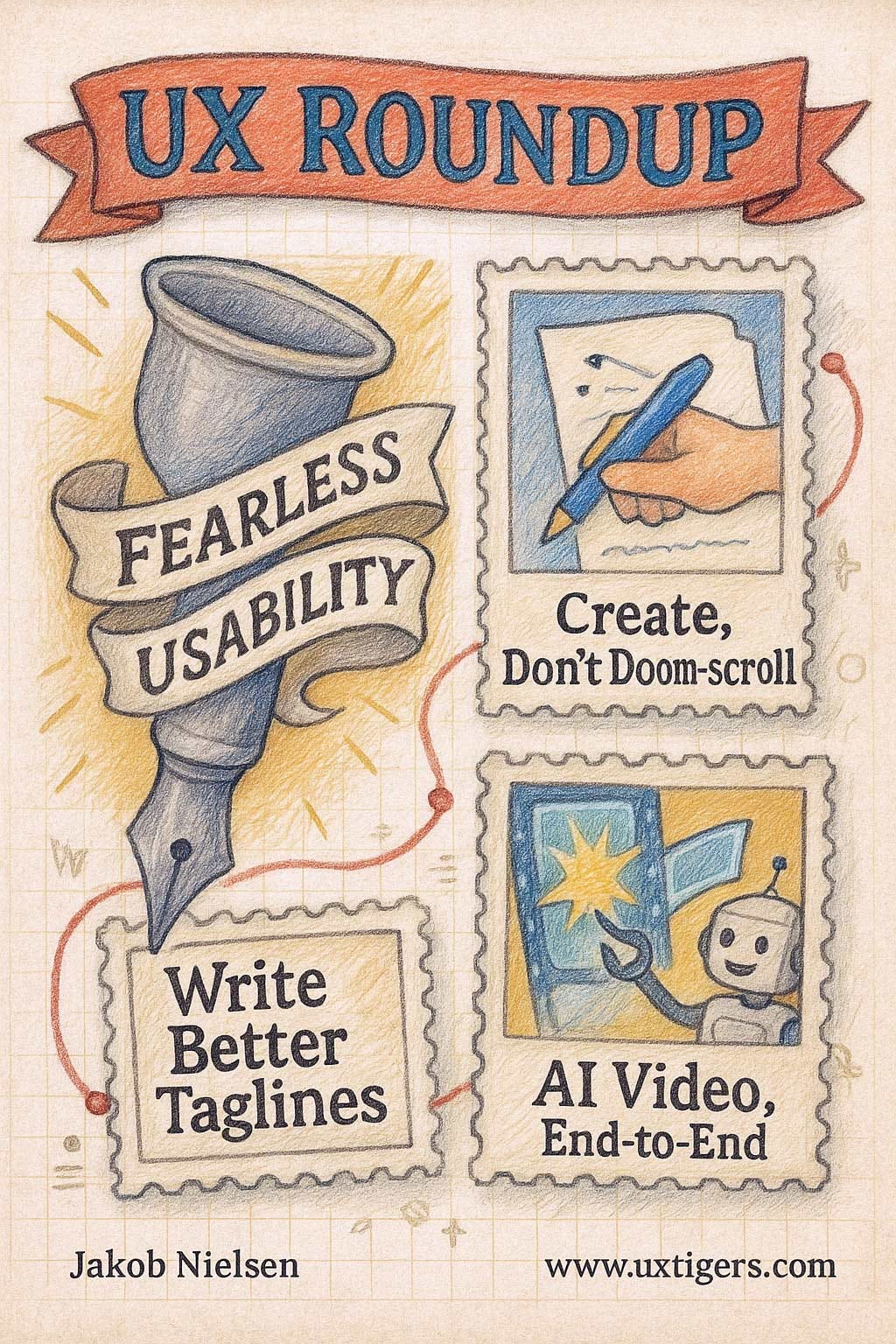
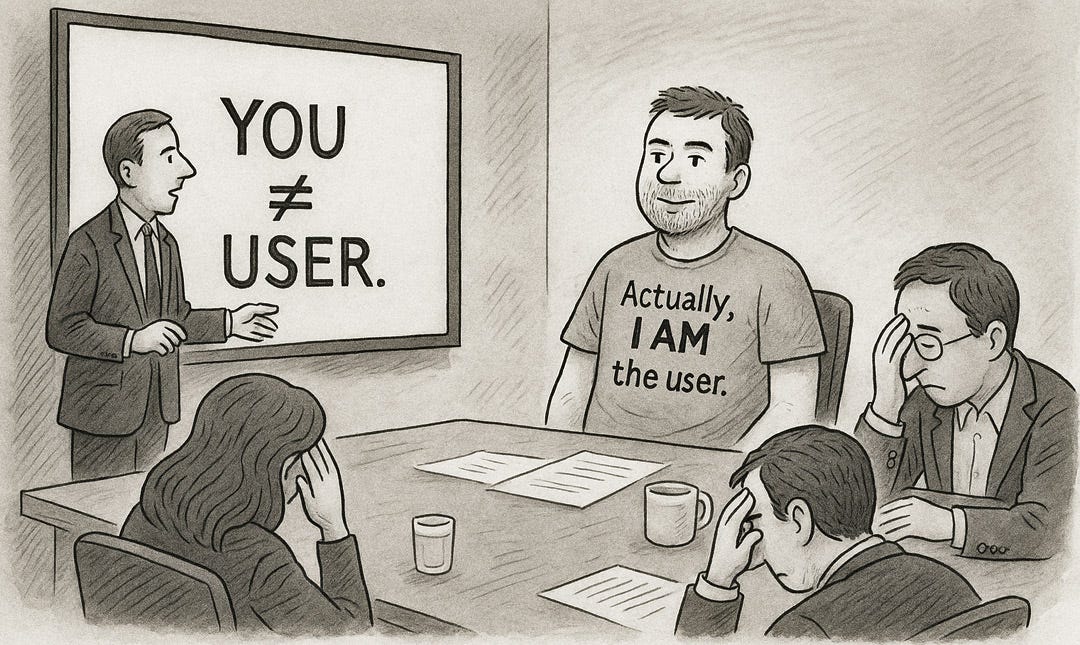

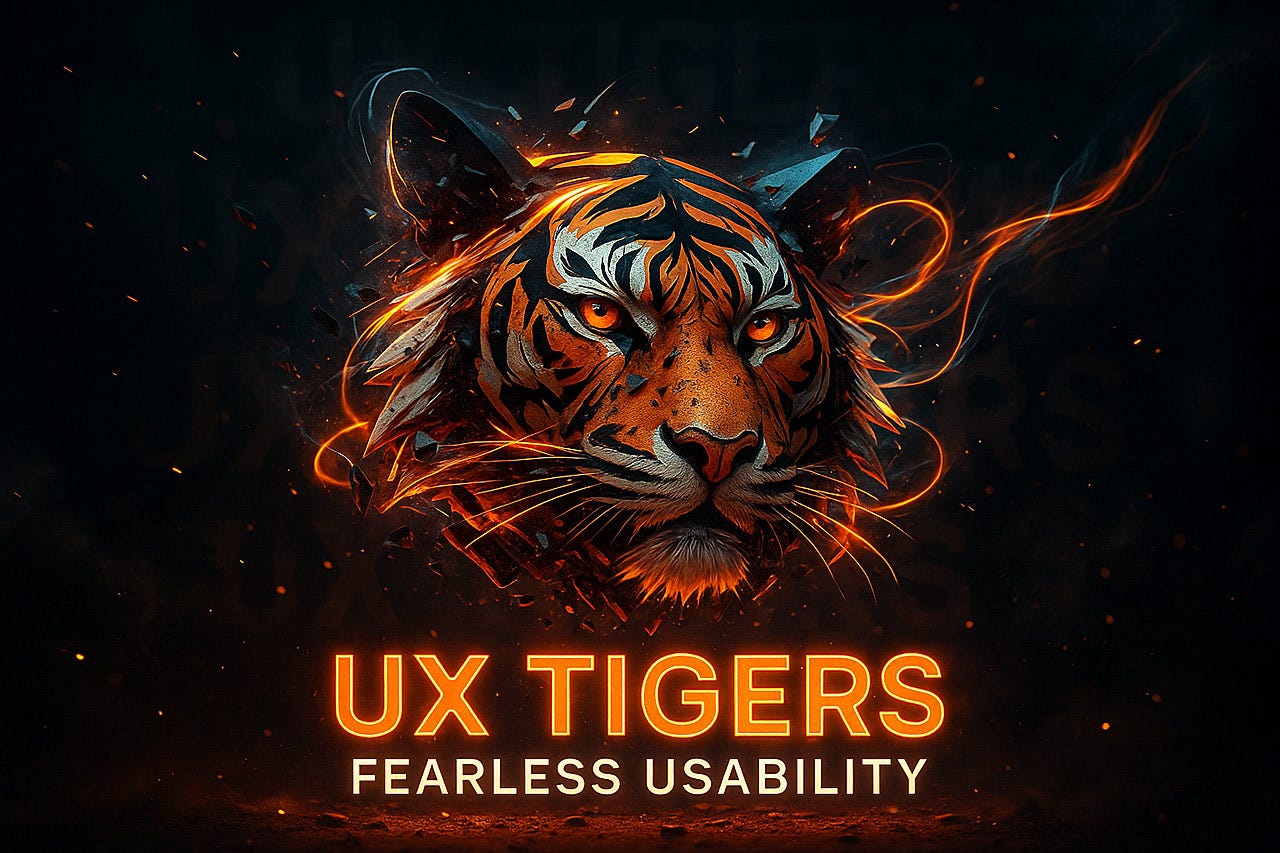
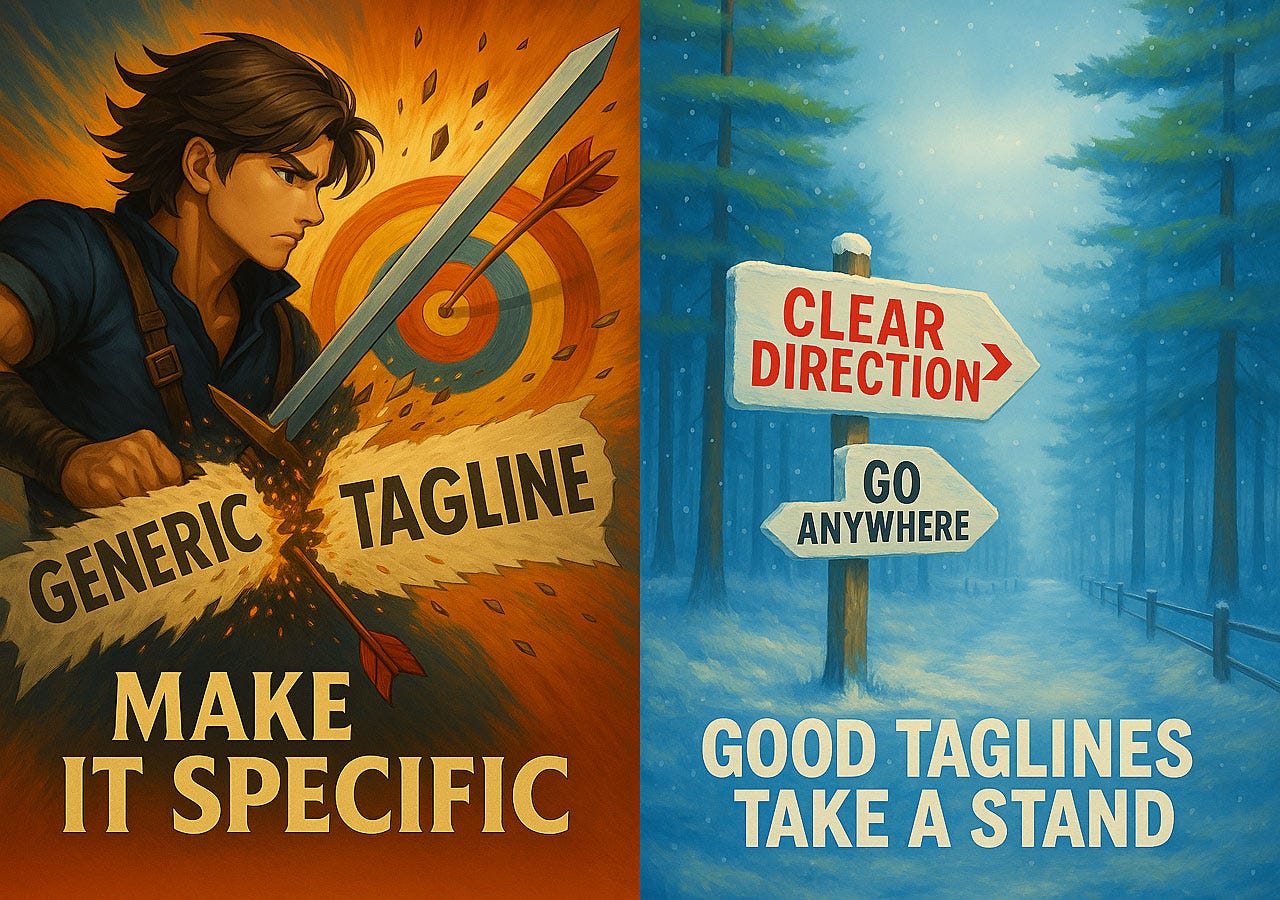
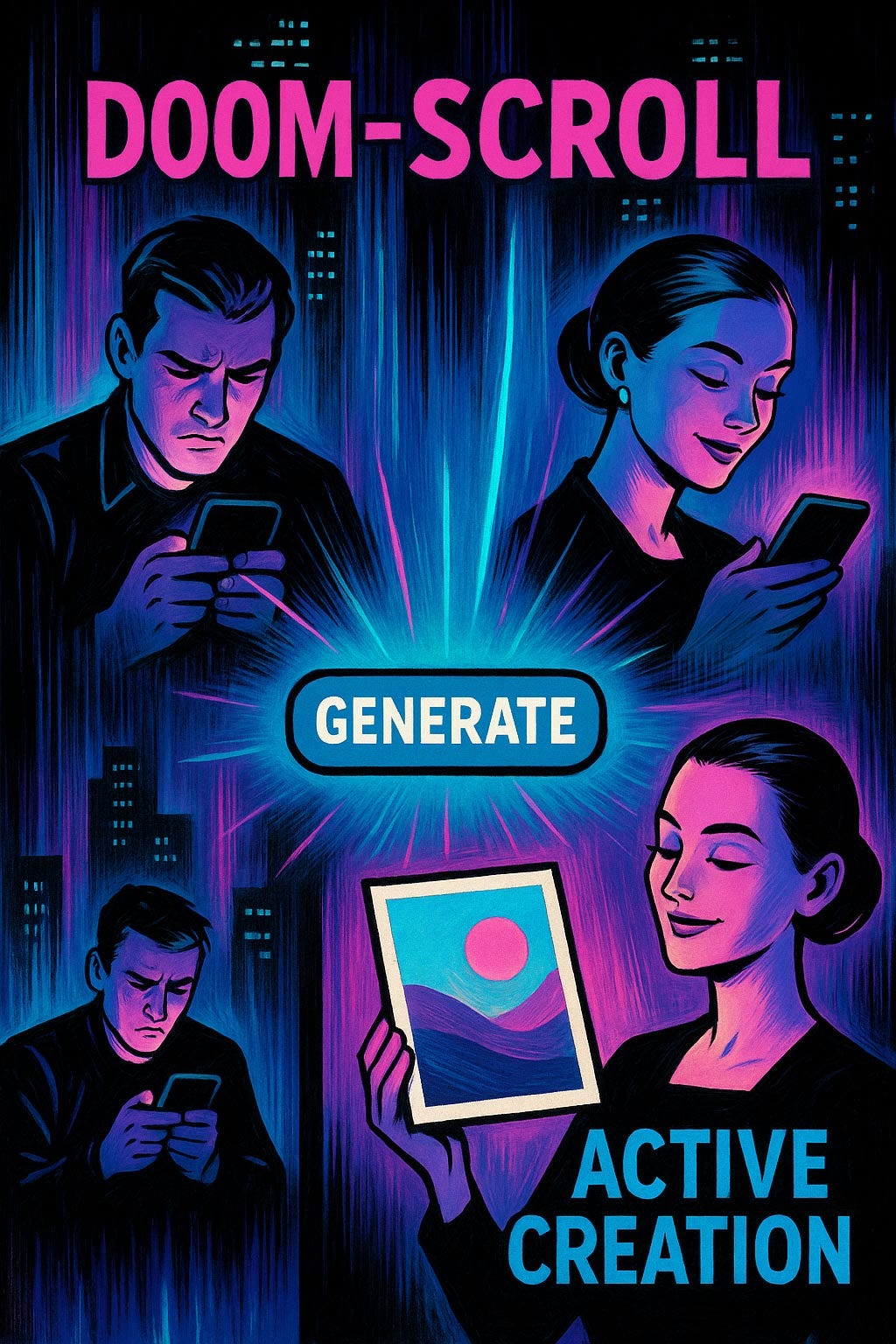
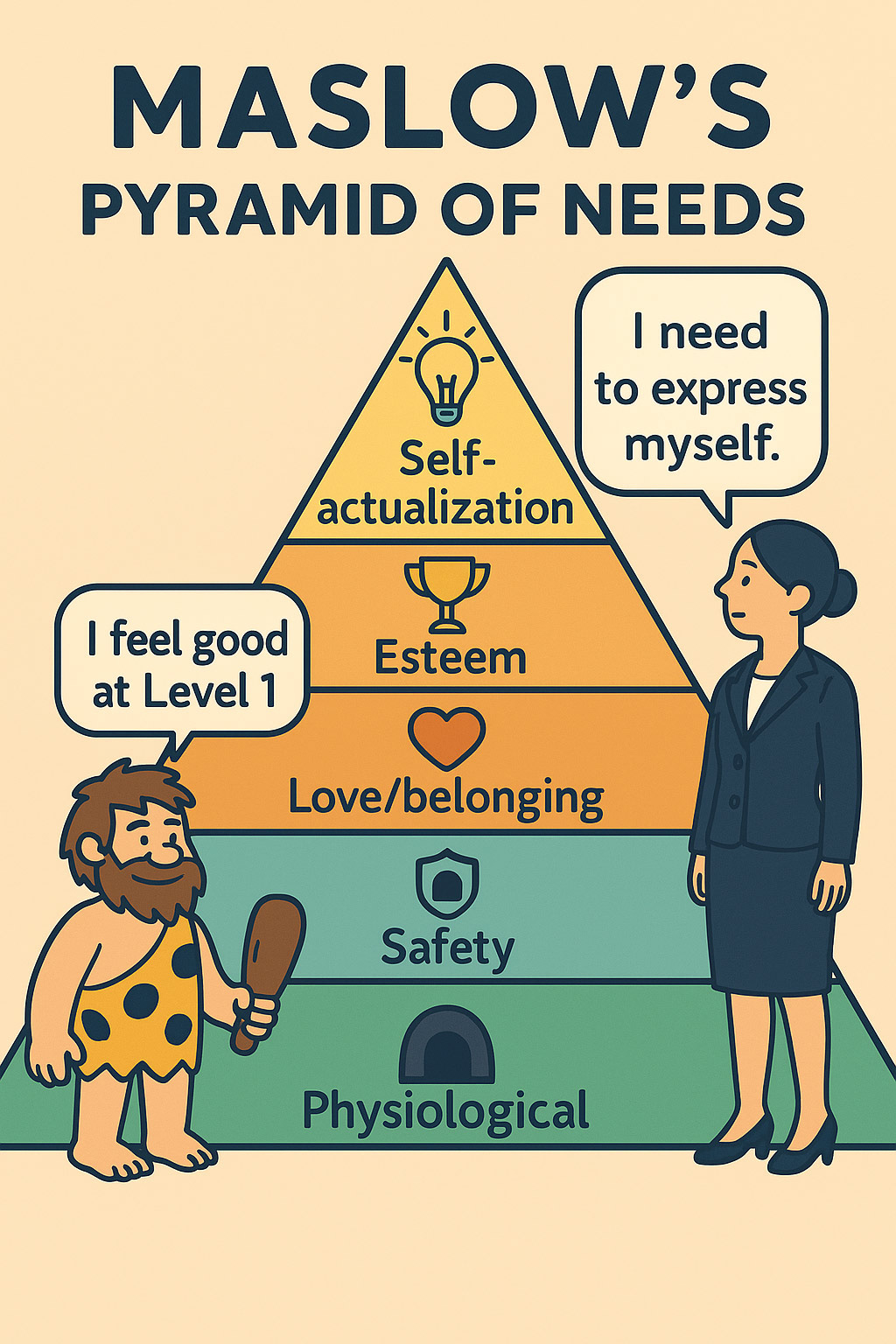

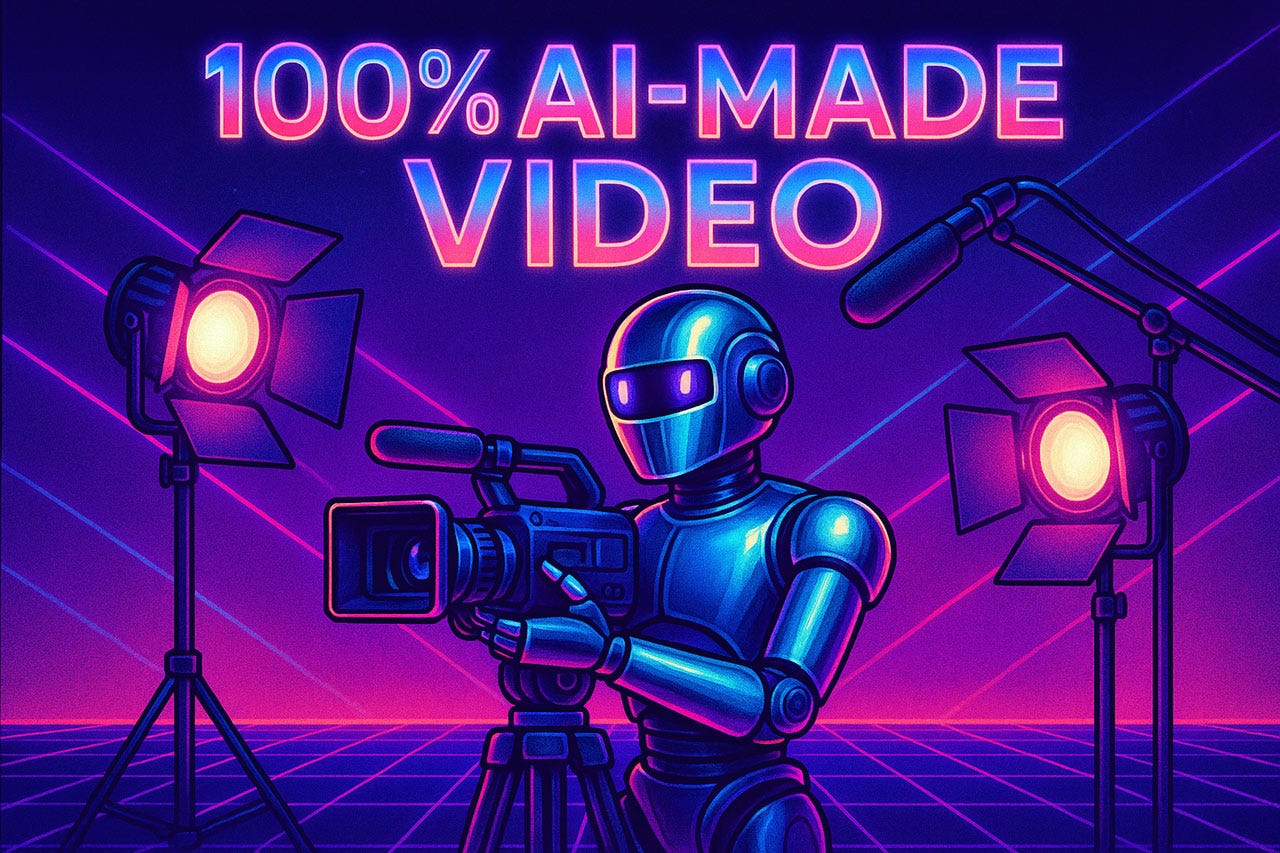
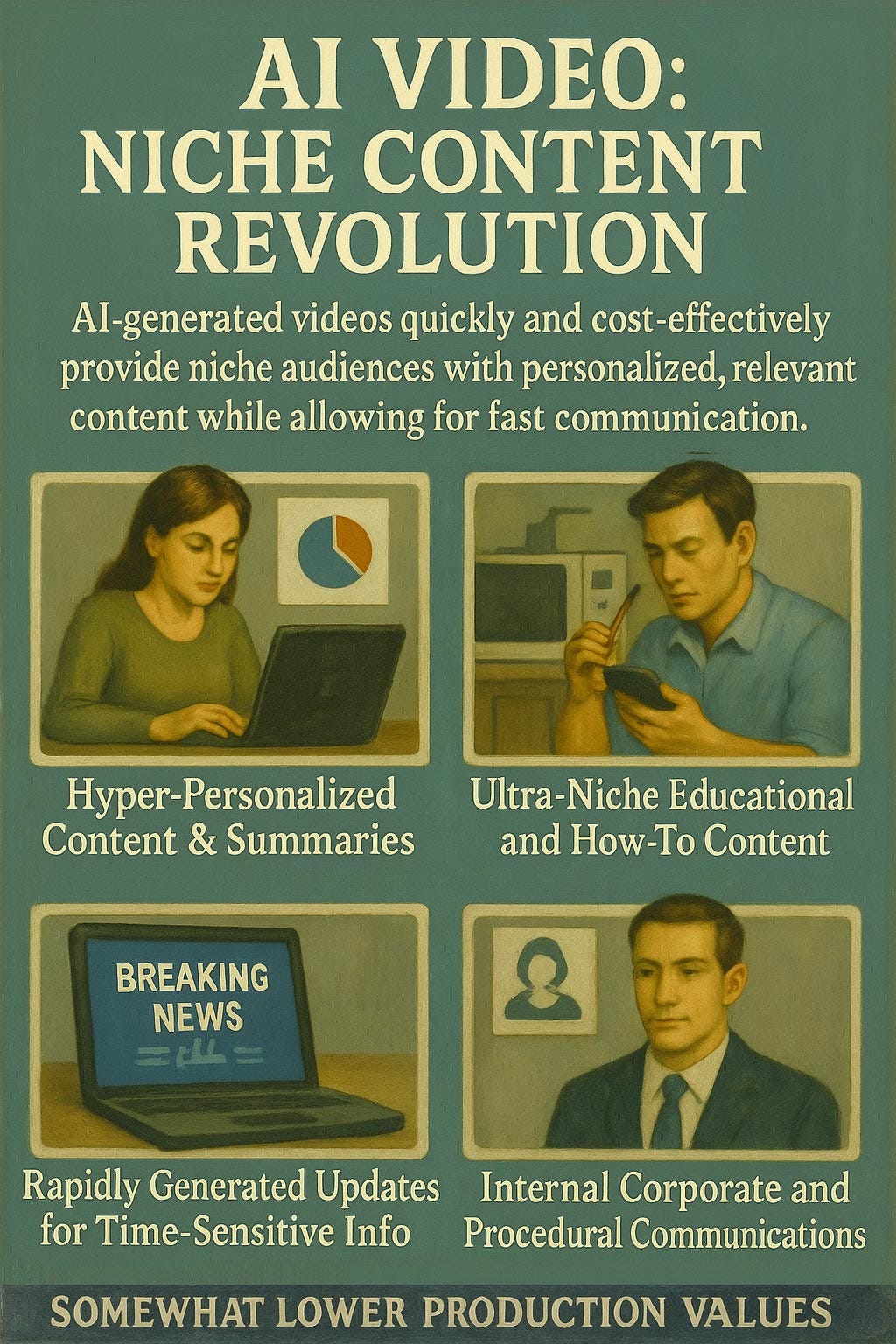
Loved this roundup, Jakob. From a product person's perspective, your point about users being absent from internal conversations hits especially hard ... we're often aligning roadmaps to stakeholder consensus, not problem space-based truth.
Your tagline criteria? *Gold.* If the reverse doesn’t make sense, the original probably doesn’t either. A principle I wish more product managers would tattoo on their Miro boards.
And re: active creation vs passive consumption ... I’d suggest the same holds true for product teams. Creating hypotheses and experiments beats doomscrolling dashboards and calling it “insight.”